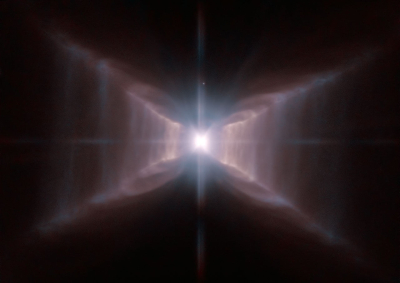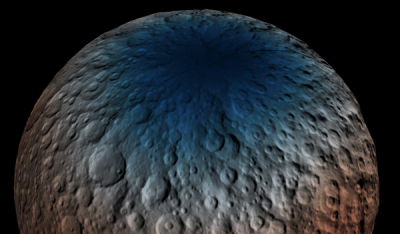First Long March 5 begins assembly
The competition heats up: China has begun assembly of its first Long March 5 rocket, set for launch in September.
Yang Hujun, vice chief engineer, has spoken about the next steps for the Long March-5 project. “After the assembly is finished in the first half of this year, it will take a little more than a month to test it to ensure that the product is in good shape. The first launch will be made after it is out of the plant in the latter half of the year. “
The rocket will be able to put about 25 tons into orbit, making it one of the most powerful rockets in the world. They plan to use it on its first launch to put their next space station into orbit.
The competition heats up: China has begun assembly of its first Long March 5 rocket, set for launch in September.
Yang Hujun, vice chief engineer, has spoken about the next steps for the Long March-5 project. “After the assembly is finished in the first half of this year, it will take a little more than a month to test it to ensure that the product is in good shape. The first launch will be made after it is out of the plant in the latter half of the year. “
The rocket will be able to put about 25 tons into orbit, making it one of the most powerful rockets in the world. They plan to use it on its first launch to put their next space station into orbit.


